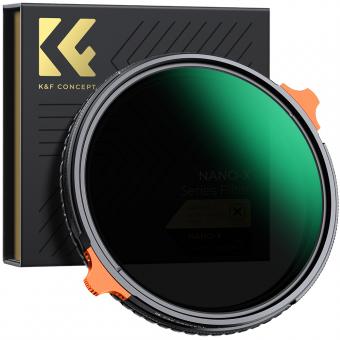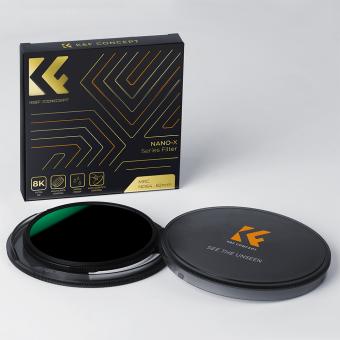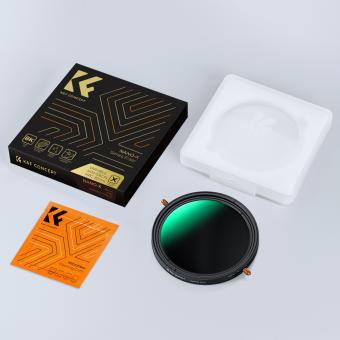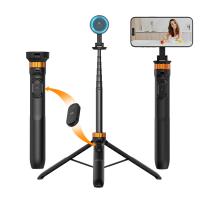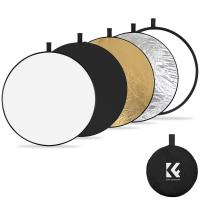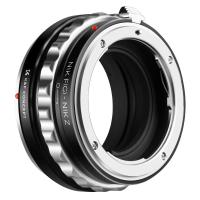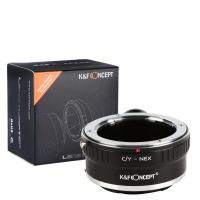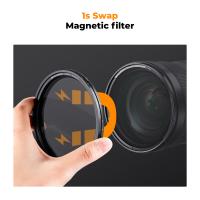What Is Circular Polarizing Filter ?
A circular polarizing filter is an optical filter used in photography and videography to reduce glare and reflections from non-metallic surfaces such as water, glass, and foliage. It works by selectively blocking certain polarized light waves while allowing others to pass through. This helps to enhance color saturation, improve contrast, and increase overall image quality. Circular polarizing filters are commonly used in landscape photography to darken skies, minimize reflections on water surfaces, and bring out the vibrant colors of the scene. They are also useful in architectural photography to reduce glare from windows and shiny surfaces. Circular polarizing filters can be easily attached to the front of a camera lens and rotated to adjust the amount of polarization desired.
1、 Definition and Function of Circular Polarizing Filters
A circular polarizing filter is an optical device that is commonly used in photography to reduce glare and reflections from non-metallic surfaces, such as water or glass. It is a type of polarizing filter that is designed specifically for use with cameras that have through-the-lens (TTL) metering and autofocus systems.
The main function of a circular polarizing filter is to selectively block certain polarized light waves from entering the camera lens. This helps to enhance the overall image quality by reducing unwanted reflections and increasing color saturation. By rotating the filter, photographers can adjust the amount of polarization effect to achieve the desired result.
Circular polarizing filters are particularly useful in landscape photography, where they can help to deepen the blue of the sky, enhance the contrast between clouds and the sky, and reduce reflections on water surfaces. They can also be used in other types of photography, such as portrait or product photography, to reduce glare and improve overall image clarity.
In addition to their primary function of reducing reflections, circular polarizing filters also provide some level of protection for the camera lens. They can help to shield the lens from dust, moisture, and scratches, which can be especially beneficial when shooting in outdoor or challenging environments.
It is worth noting that circular polarizing filters are different from linear polarizing filters. Linear polarizing filters can interfere with the autofocus and metering systems of modern cameras, whereas circular polarizing filters are designed to work seamlessly with these systems.
In recent years, there has been a growing trend towards using digital post-processing techniques to achieve similar effects to those provided by circular polarizing filters. However, many photographers still prefer to use filters during the shooting process, as they allow for immediate results and can help to reduce the amount of post-processing required.
Overall, circular polarizing filters are a valuable tool for photographers, enabling them to enhance image quality, reduce reflections, and protect their camera lenses.
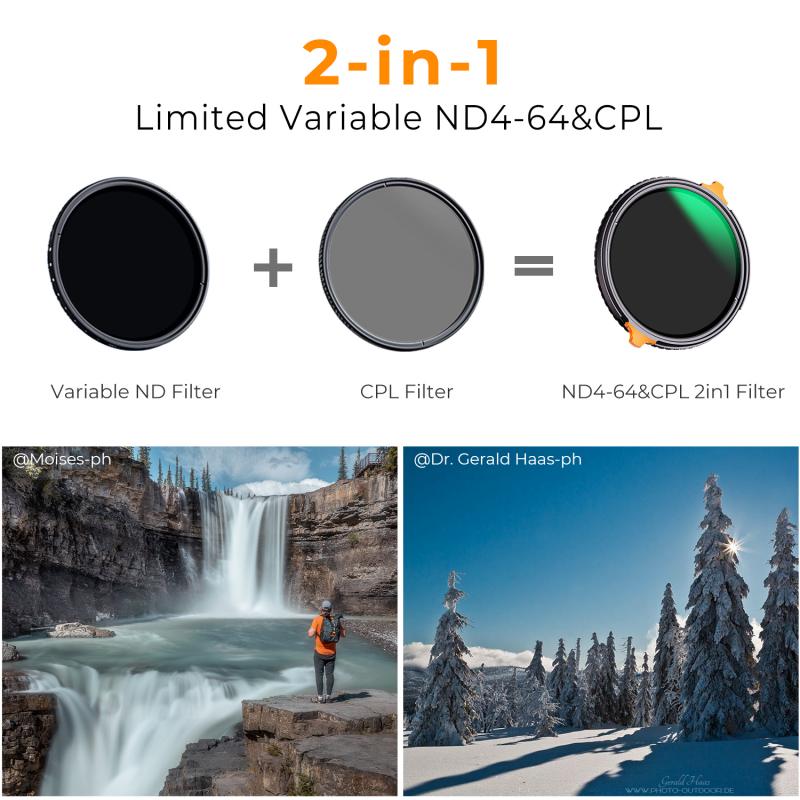
2、 How Circular Polarizing Filters Reduce Glare and Reflections
A circular polarizing filter is an optical device that is commonly used in photography to reduce glare and reflections from non-metallic surfaces such as water, glass, and foliage. It consists of a polarizing material that is sandwiched between two layers of glass or plastic. The filter is attached to the front of the camera lens and can be rotated to adjust the amount of polarization.
When light reflects off a non-metallic surface, it becomes polarized, meaning the light waves align in a specific direction. This polarized light can cause unwanted reflections and glare, which can significantly reduce the quality of an image. A circular polarizing filter works by selectively blocking certain polarized light waves, allowing only the desired light to pass through the lens.
By rotating the filter, photographers can control the amount of polarization and effectively reduce or eliminate reflections and glare. This not only improves the overall clarity and contrast of the image but also enhances color saturation, making the colors appear more vibrant and true to life.
In addition to reducing glare and reflections, circular polarizing filters can also enhance the appearance of skies by darkening the blue color and making clouds stand out more. They are particularly useful in landscape photography, where reflections from water or glass can be a major issue.
It is worth noting that circular polarizing filters are not only limited to photography but also find applications in other fields such as astronomy and microscopy. They are considered an essential tool for photographers and are widely used to improve the quality of images by reducing unwanted reflections and glare.
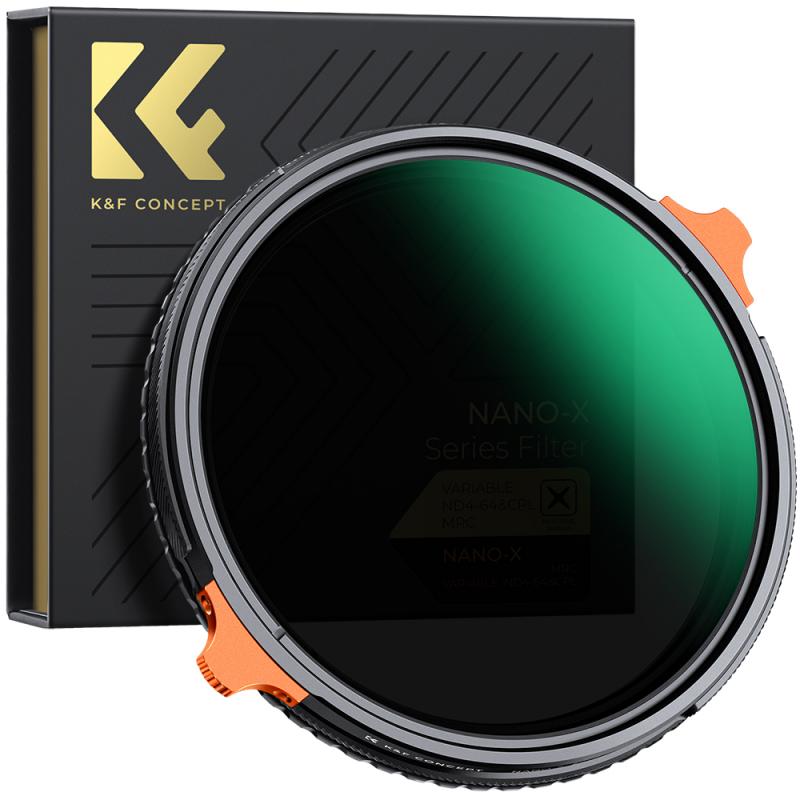
3、 Benefits of Using Circular Polarizing Filters in Photography
A circular polarizing filter is an essential tool in photography that helps to reduce glare and reflections from non-metallic surfaces, such as water or glass. It is a type of optical filter that is attached to the front of a camera lens and can be rotated to adjust the polarization effect.
The primary function of a circular polarizing filter is to enhance the colors and contrast in a photograph. By reducing the amount of reflected light, it allows for more vibrant and saturated colors, especially in landscapes and outdoor scenes. It also helps to darken the sky, making clouds stand out more prominently.
Another significant benefit of using a circular polarizing filter is its ability to minimize reflections. This is particularly useful when photographing through glass or water surfaces. It allows photographers to capture clear and detailed images without unwanted reflections obstructing the view.
Additionally, circular polarizing filters can also improve the overall image quality by reducing haze and atmospheric pollution. They help to cut through the atmospheric particles, resulting in sharper and more defined images.
In recent years, there has been an increasing trend in using circular polarizing filters for creative purposes. Photographers have been experimenting with the filter to create unique effects, such as emphasizing textures or creating a surreal look in their images.
Overall, the benefits of using circular polarizing filters in photography are numerous. They enhance colors, reduce reflections, improve image quality, and offer creative possibilities. Whether you are a professional photographer or an amateur enthusiast, a circular polarizing filter is a valuable tool to have in your camera bag.
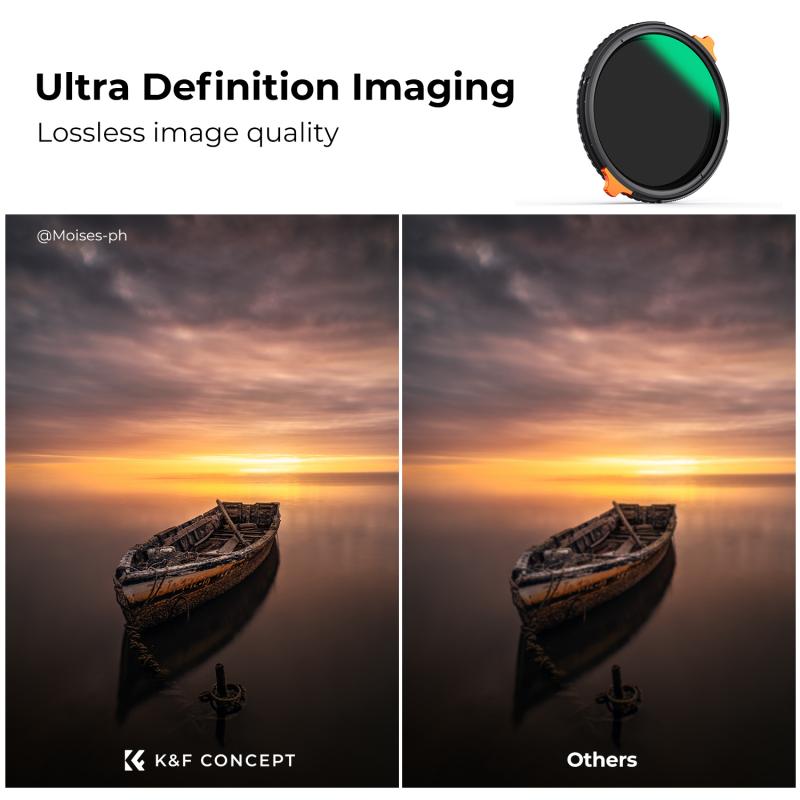
4、 Techniques for Properly Using Circular Polarizing Filters
A circular polarizing filter is a camera accessory that helps to reduce glare and reflections from non-metallic surfaces, such as water or glass. It achieves this by selectively blocking certain polarized light waves from entering the camera lens. This filter consists of two layers: a linear polarizer and a quarter-wave plate. The linear polarizer filters out the unwanted light waves, while the quarter-wave plate converts the linearly polarized light into circularly polarized light, which is compatible with modern autofocus and metering systems.
When properly used, a circular polarizing filter can enhance the overall image quality by increasing color saturation, improving contrast, and reducing haze. It is particularly useful in landscape photography, where it can make skies appear bluer, clouds more defined, and foliage more vibrant. Additionally, it can also be used to eliminate unwanted reflections from shiny surfaces, allowing for clearer images.
To use a circular polarizing filter effectively, it is important to understand its properties and limitations. Firstly, the filter should be rotated to achieve the desired effect. This rotation allows the photographer to control the amount of polarization applied to the scene. Secondly, it is crucial to be aware of the angle of the light source in relation to the subject. The filter works best when the light source is at a 90-degree angle to the camera lens. Lastly, it is important to note that the filter reduces the amount of light entering the lens, which can result in longer exposure times. Therefore, it is advisable to use a tripod to avoid camera shake.
In recent years, there has been a growing trend towards using post-processing techniques to achieve similar effects as those provided by circular polarizing filters. While these techniques can be effective, they may not always produce the same level of quality and authenticity as using a physical filter during the image capture process. Therefore, the circular polarizing filter remains a valuable tool for photographers looking to enhance their images in-camera.





